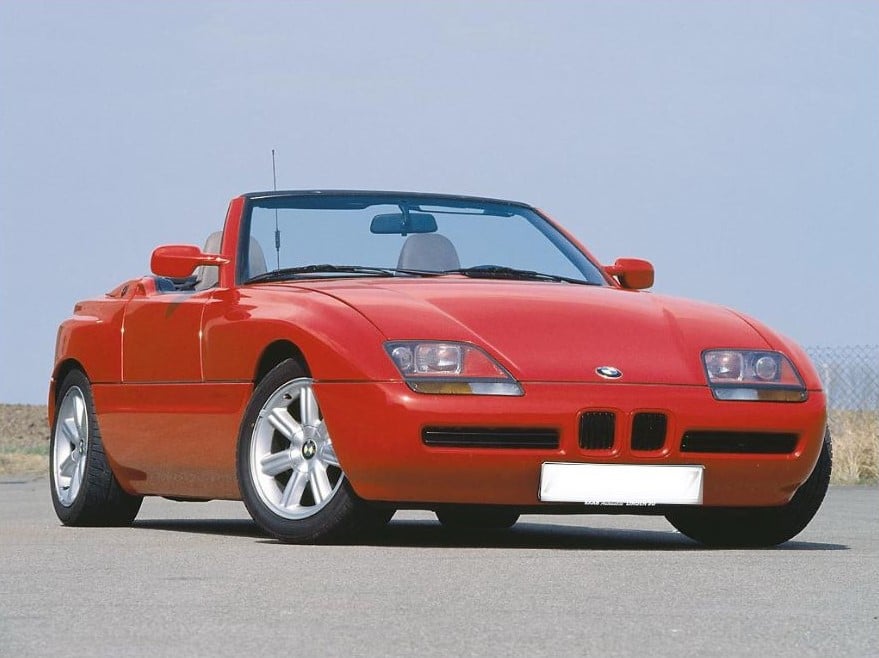The thing the prominent car manufacturers hate the most is taking risks. Investing enormous sums of money into new concepts, technology, and designs only to fail to sell them in sufficient numbers, disappointing the shareholders and putting the company under financial strain. We all can understand that concern, which is why we take notice when a conservative company thinks out of the box and introduces something innovative, strange, and almost irresponsible. This is precisely what had happened in 1987 when BMW revealed the unique, tremendously interesting Z1 Roadster.
In order to understand the BMW Z1, we have to go a bit further back in history. Unlike today, BMW in the ’70s and ’80s was a relatively small company with a unique lineup of performance-oriented models. Due to the enormous success of the E30 3-Series, the company had the financial means to expand and explore new designs, concepts, and technology. That is why BMW Technik GmbH was established as a subsidiary. It was basically an advanced vehicle department with the sole purpose of creating innovative designs which could be used in mass production. In order to showcase all the exciting things, they have been working on, BMW Technik got the approval to construct a car using a standard production drive train and chassis but with a unique body, interior, and features. When engineers and designers contemplated what kind of car it should be, they thought of a body style that BMW didn’t produce for almost 30 years – a roadster.
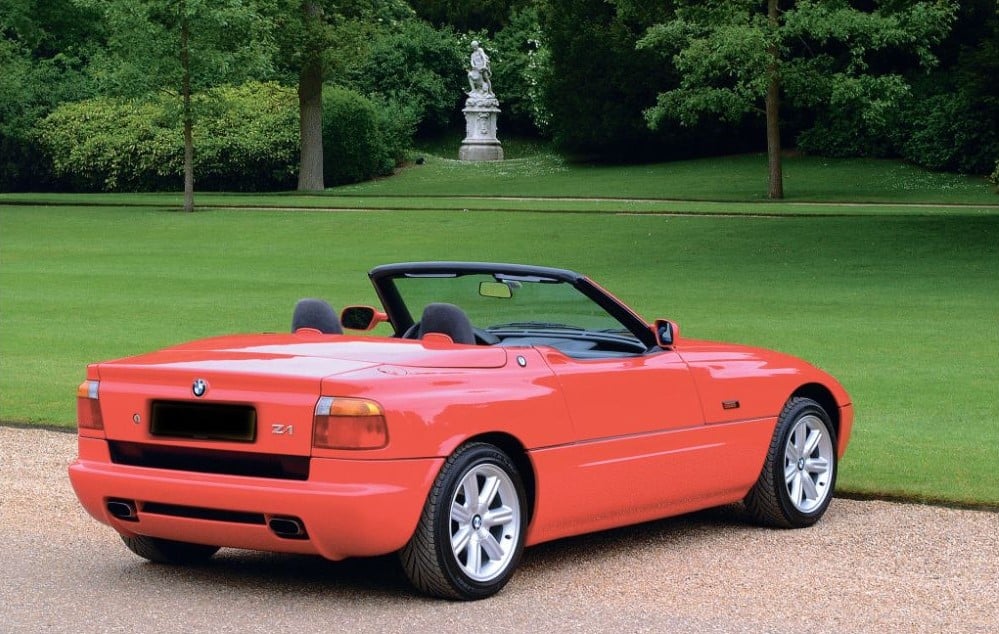
In order to make a true two-seater convertible, they needed the shortest platform that BMW made, an E30 3-Series chassis powered by the 2.5-liter, six-cylinder engine with 170 hp. However, the conventional approach and technology stopped there. For the body, BMW Technik developed a particular type of plastic body that was strong and light but yet elastic enough to be pushed back when dented. The whole body consisted of 16 pieces of molded plastic which were quickly removable. BMW envisioned that owners could interchange the body panels and change the color of the car if they wanted.
However, despite the fact that the removable body panels are very interesting, the door design was an absolutely mind-blowing feature. Rather than using a standard design, BMW engineered a door that slid down to the sills when the button was pressed. This unique system allowed additional crash protection, making it possible to drive the car with lowered doors.
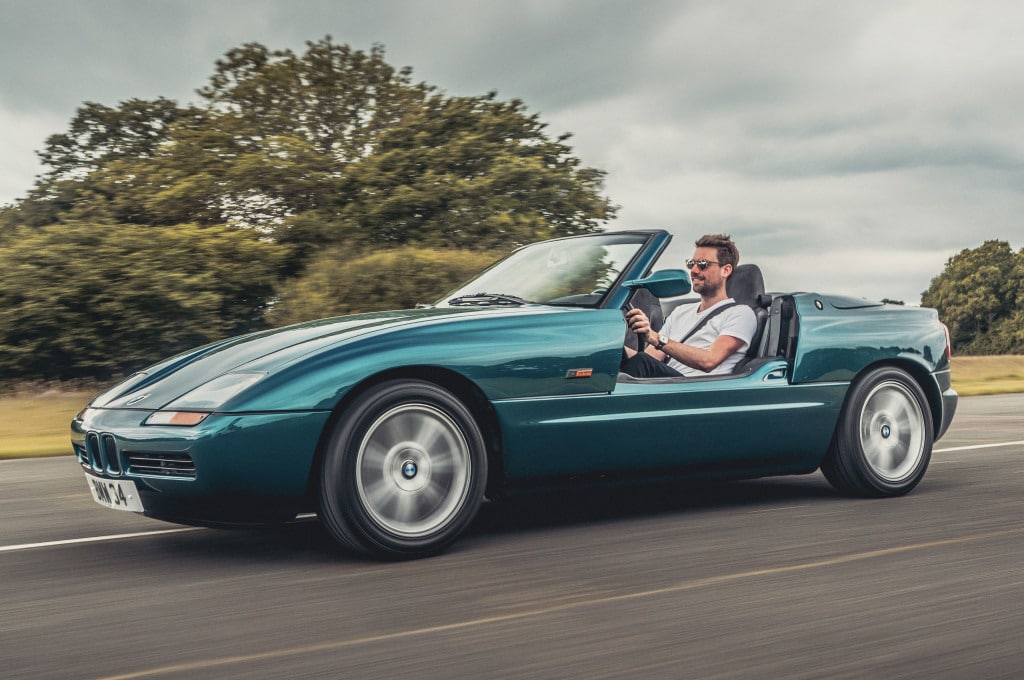
Despite using a standard 325i chassis, the interior of the Z1 was completely changed. Yes, there was some switch gear, buttons, and knobs, but the dash design was all-new so were the seats, trim, and driving position. Add to that a unique exterior design with a low silhouette and wedge shape, and you can see why the car was deservedly called the Z1, with “Z” standing for “Zukunft” of “future” in German.
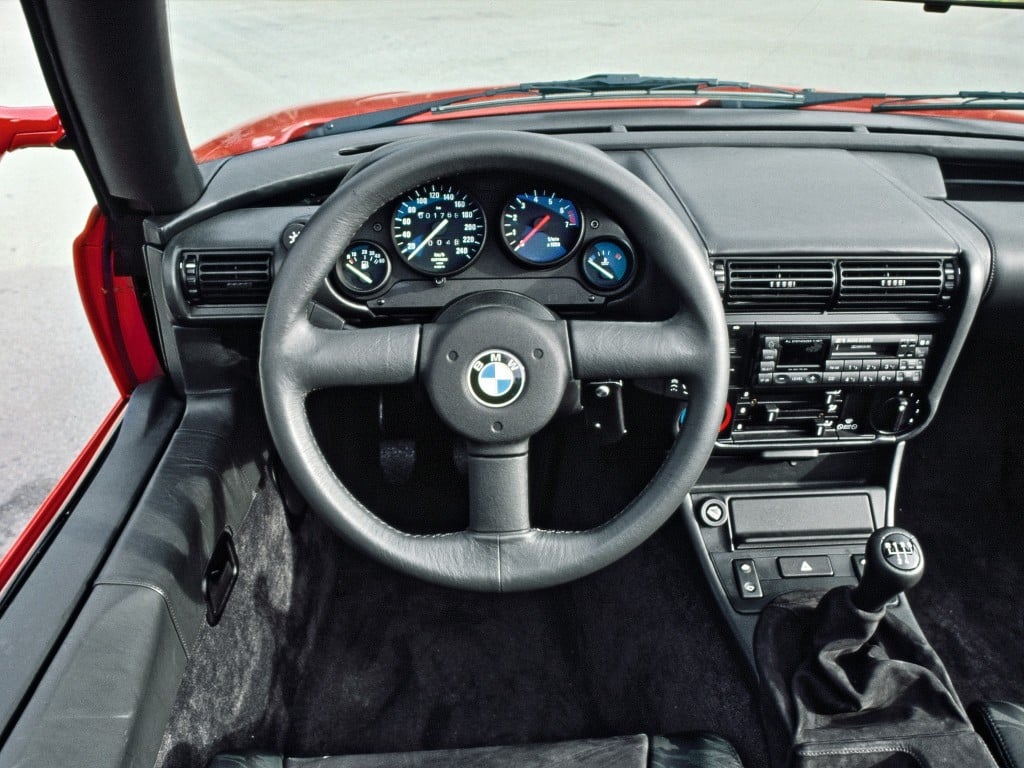
The official presentation took place at Frankfurt Motor Show in 1987, where the audience was stunned by the new car. The design and features were unheard of at the time, and BMW was swept with the orders. It was rumored that over 4000 orders were placed during the show, with some customers even paying over 20,000 DEM to get on the waiting list. The official production started in early 1989, with the first deliveries later that year. The list price was pretty astronomical, 80,000 DEM, which was three times the price of the standard 325i, which was the Z1 based on. However, with a 0 to 60 mph time of 7.8 seconds and a top speed of just over 140 mph, the Z1 was pretty swift and more dynamic than the 325i due to its lower center of gravity, slightly tilted engine to provide the low front end design and better aerodynamics. Unfortunately, the Z1 weighed somewhat more than the 3-Series even though it had a lightweight body. The reason was the structural reinforcements of the convertible body and unconventional door mechanisms.
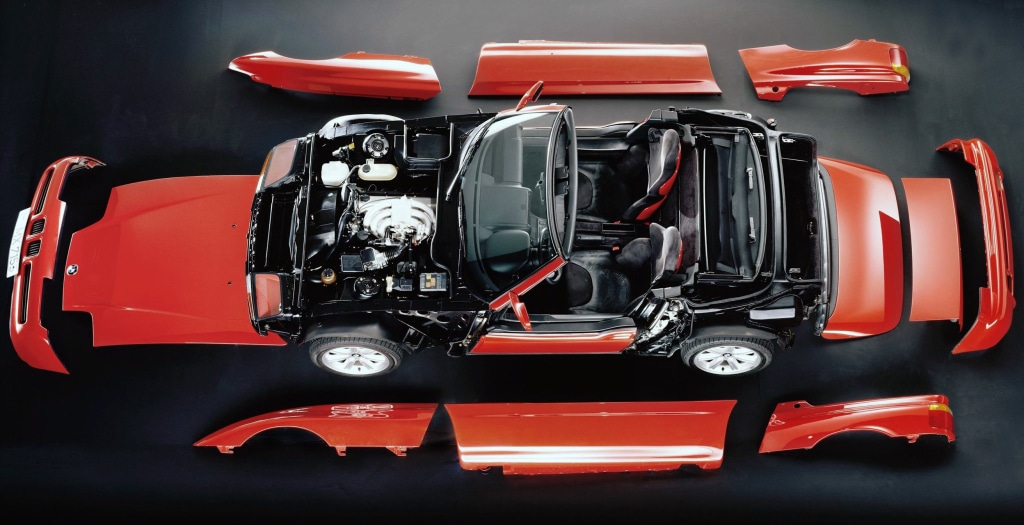
When the Z1 reached the first customers and automotive journalists, everybody agreed that it was a brave and successful attempt to introduce something new and innovative and rejuvenate BMW’s reputation. The Z1 was agile, nimble, and relatively fast, at least by the late ’80s standards. The doors worked perfectly, and even though it was a bit harder to get in and out of the car due to high sills, the gimmick was worth the admission and favorite feature. However, it was proven that BMW’s optimistic promises of easy removal of the body panels were greatly exaggerated. The company promised that all the panels could be removed in less than an hour, but it took several hours to get the job done. That, and high prices of replacement panels, buried the idea of owners frequently changing the color of their Z1.
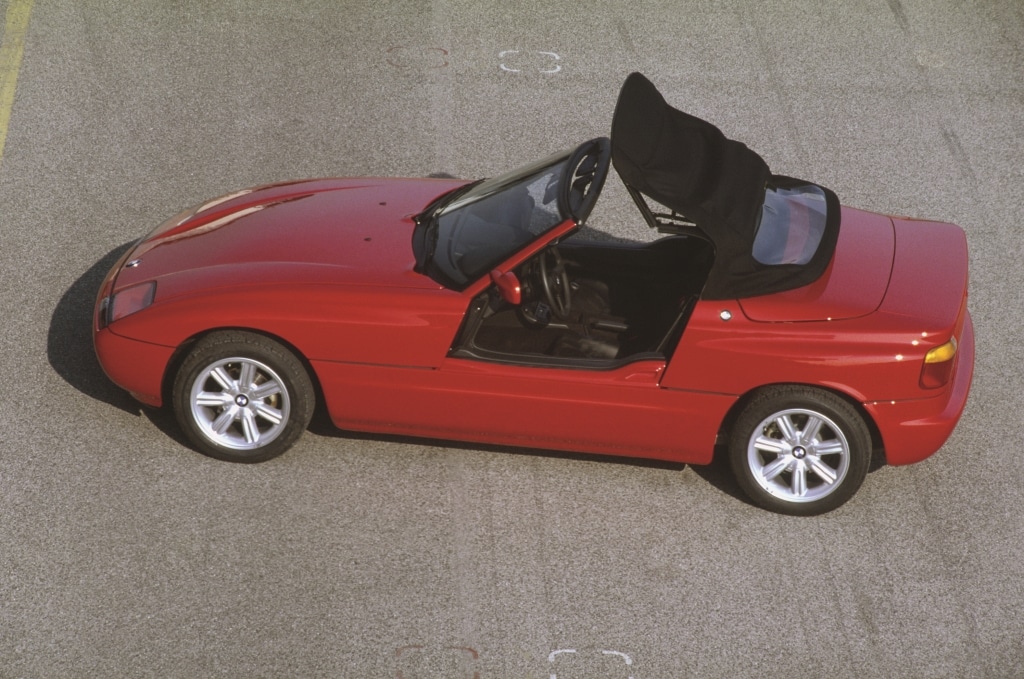
Even though the initial interest was extraordinary, when Z1 hit the streets, buyers were slowly turned down by the high price, limited usability, and strange features. The production lasted until 1991 when just 8,000 cars were completed. The relatively low production numbers were the results of BMW’s decision not to offer the Z1 on all global markets and to produce the vehicle only as a left-hand-drive model. Of course, the high price was also the reason, but it was to be expected due to the unique production process, semi-hand-built assembly, and innovative tech and materials. Most of the cars were sold in Europe, with the domestic German market absorbing over 6,300 examples.
Even though the Z1’s market life was short, the influence of this unique BMW is enormous. It was the first in the long line of successful Z cars (roadsters and coupes); it showed that BMW is capable of surprising the car public with unique designs and that the company is not afraid to experiment with technology. And most of all, it showed that BMW has strong Zukunft and that the best things are yet to come. That is why it is a cherished Bavarian classic and an integral part of BMW’s ethos.



